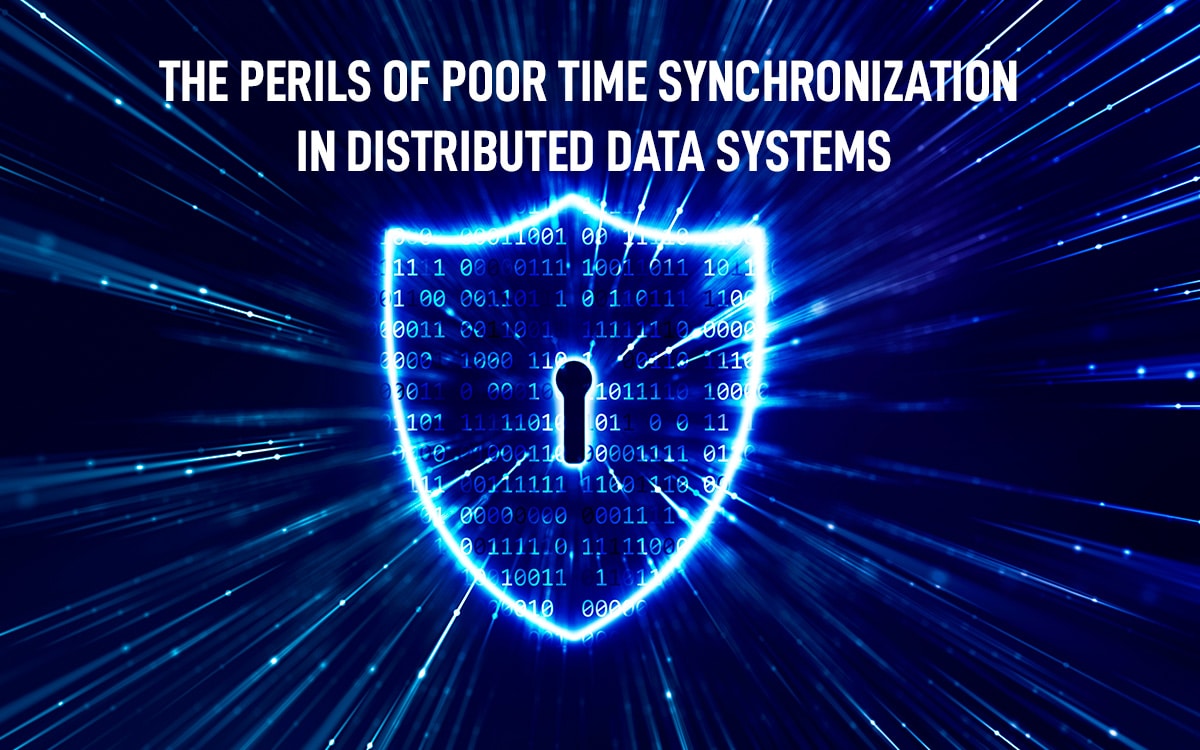
The Perils of Poor Time Synchronization in Distributed Data Systems
Introduction
In distributed data systems, where data is processed and managed across multiple nodes, time synchronization plays a crucial role in ensuring accuracy, consistency, and reliability. However, the perils of poor time synchronization cannot be underestimated. In this blog post, we will explore the potential consequences and challenges that arise when time synchronization is not adequately addressed in distributed data systems.
Data Inconsistency and Integrity Issues
Poor time synchronization can lead to data inconsistency and integrity issues within distributed data systems. When nodes within the system have different perceptions of time, conflicts may arise during data updates or replication processes. Inconsistent timestamps and out-of-order events can result in inaccurate data representations, making it difficult to reconcile conflicting changes and compromising the overall reliability of the system.
Inefficient Data Replication and Recovery
Data replication is a common technique used to ensure fault tolerance and data availability in distributed systems. However, without proper time synchronization, data replication processes may be inefficient or even fail altogether. Inconsistent timestamps or time gaps between nodes can hinder the coordination of data replication, leading to incomplete or outdated copies of data. This can impact system recovery capabilities and hinder the ability to restore data after failures or outages.
Concurrency and Locking Issues
Concurrency control is essential in distributed systems to manage simultaneous access to shared resources. Poor time synchronization can result in concurrency and locking issues, such as race conditions and deadlocks. Without synchronized clocks, nodes may incorrectly perceive the order of events, leading to conflicts in resource access. These conflicts can degrade system performance, cause delays, and even result in data corruption or loss.
Inaccurate Event Ordering and Causal Relationships
Proper event ordering is critical in distributed systems, especially when events across different nodes need to be causally related. In the absence of accurate time synchronization, establishing the correct order of events becomes challenging. This can impact critical functionalities like event-driven processing, distributed transactions, and consistency models. Incorrectly ordering events may lead to incorrect computations, incorrect dependencies, and compromised data consistency.
Compliance and Auditability Challenges
In many industries, compliance and auditability requirements are essential for regulatory purposes or quality control. Poor time synchronization can pose significant challenges in meeting these requirements. Without synchronized clocks and accurate timestamps, it becomes difficult to demonstrate the sequence and timing of specific events or transactions, leading to compliance issues and potential legal ramifications.
Addressing the Challenges with Safran SecureSync
Safran SecureSync offers an ideal solution to mitigate the perils associated with poor time synchronization in distributed data systems. SecureSync is a highly accurate and reliable time synchronization solution that leverages advanced technologies and precision timing components. Its features and benefits include:
Precise Time Synchronization
SecureSync ensures accurate time synchronization across distributed nodes, enabling consistent ordering of events and reliable data processing leveraging network synchronization protocols such as NTP and PTP.
Fault Tolerance
SecureSync incorporates redundancy mechanisms, Holdover, and resilient design to mitigate the impact of hardware failures and network disruptions, ensuring continuous synchronization in challenging operational conditions.
Scalability and Flexibility
SecureSync supports scalability, allowing it to seamlessly integrate into distributed architectures with a large number of nodes, providing consistent time synchronization across the entire system.
Compliance and Auditability
SecureSync meets industry standards for time synchronization, enabling organizations to comply with regulatory requirements and facilitate auditability with accurate and traceable event timestamps.
Conclusion
The perils of poor time synchronization in distributed data systems can have severe consequences, including data inconsistency, inefficient replication, concurrency issues, inaccurate event ordering, and compliance challenges. To address these challenges, Safran SecureSync offers a robust solution, providing precise time synchronization, fault tolerance, scalability, and compliance support. By implementing SecureSync, organizations can ensure the accuracy, integrity, and reliability of their distributed data systems, mitigating the perils associated with poor time synchronization.


